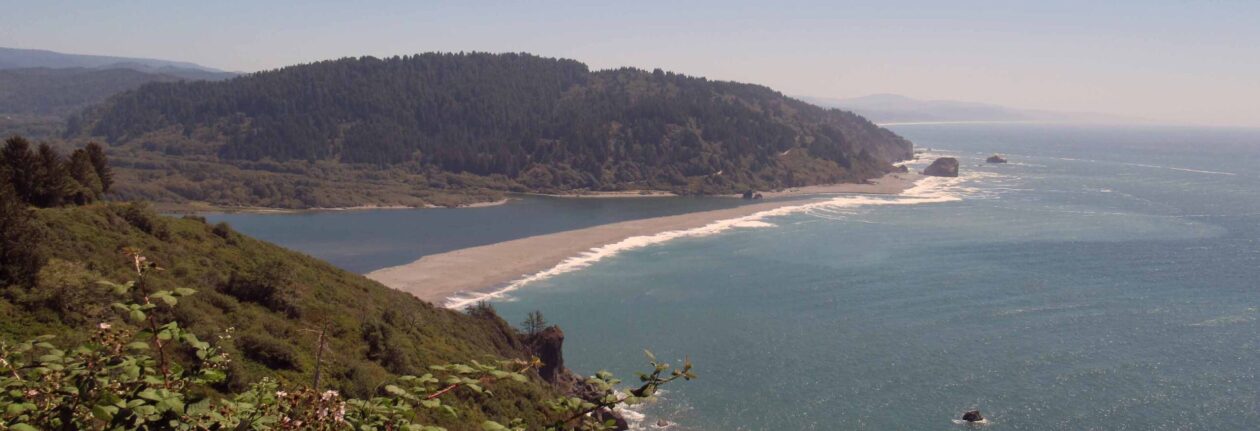Paris, France
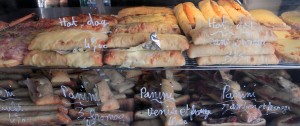
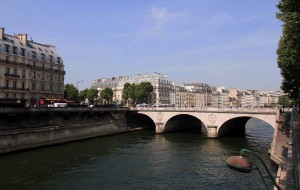
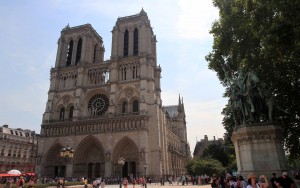
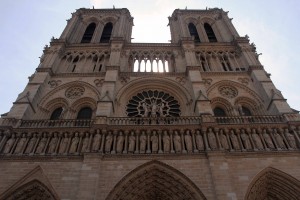
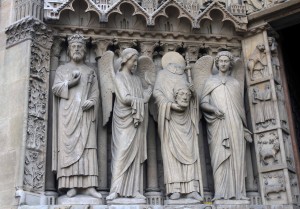
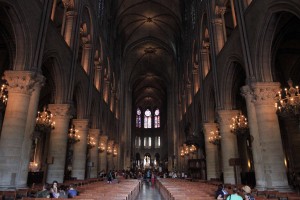
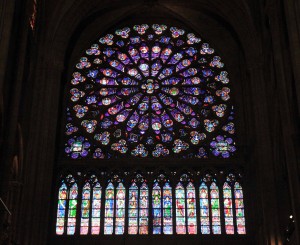
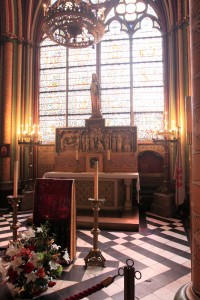
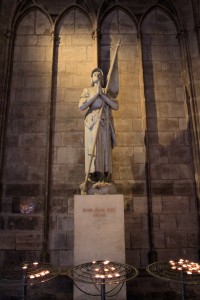
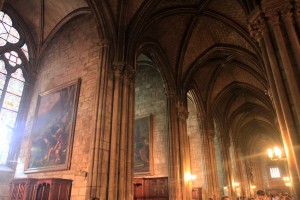
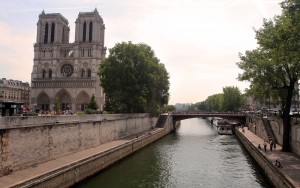
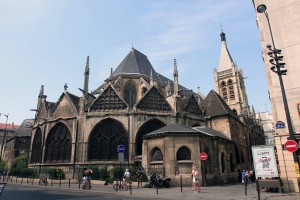
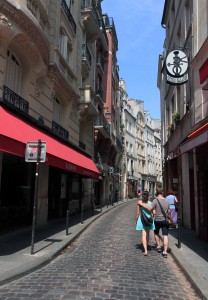
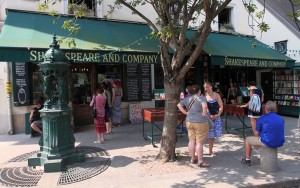
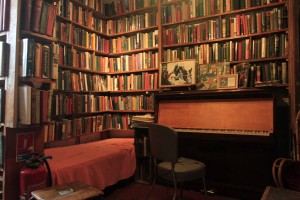
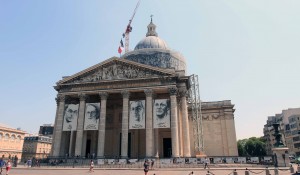
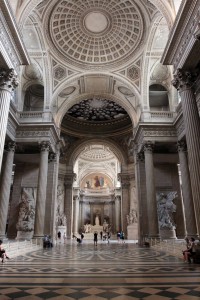
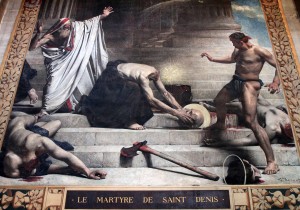
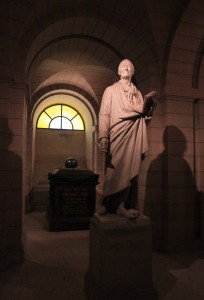
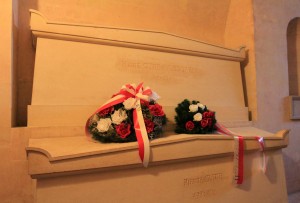
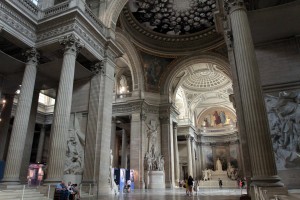
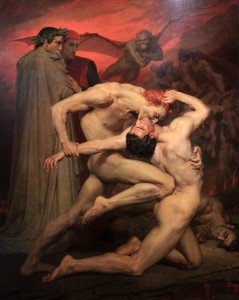
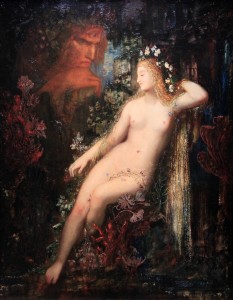
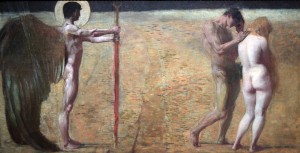
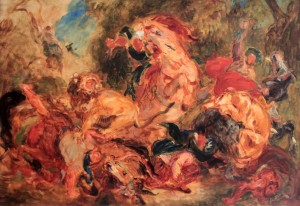
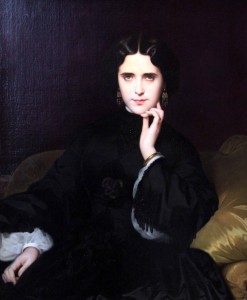
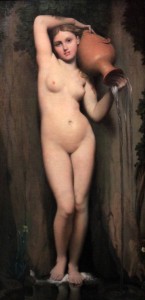
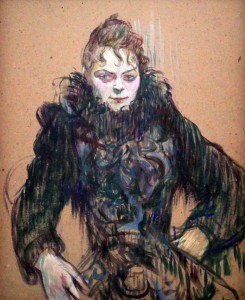
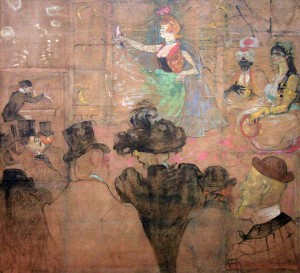
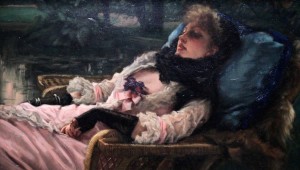
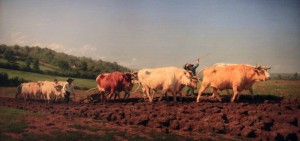
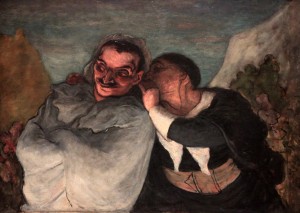
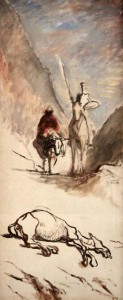
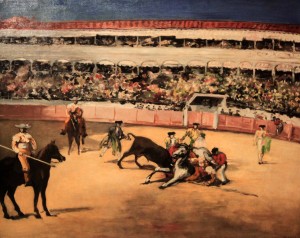
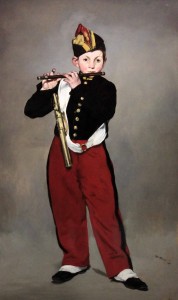
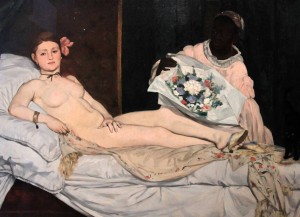
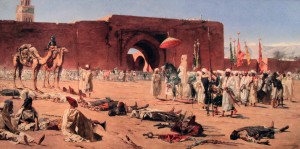
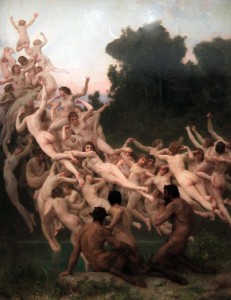
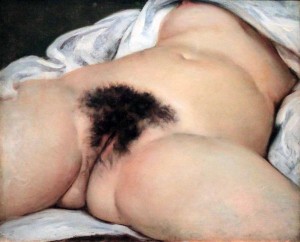
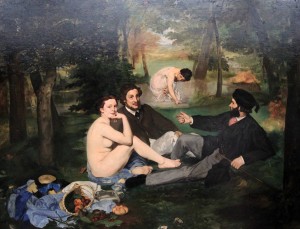
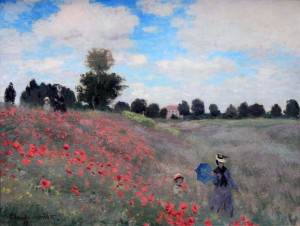
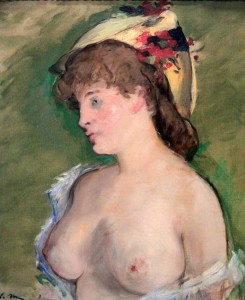
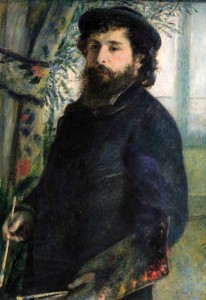
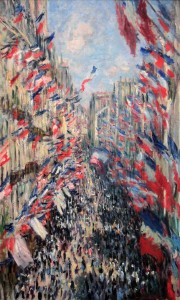
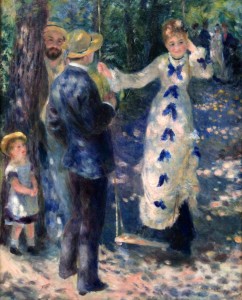
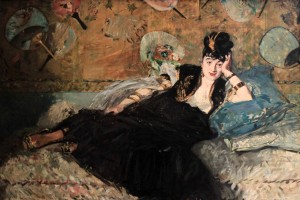
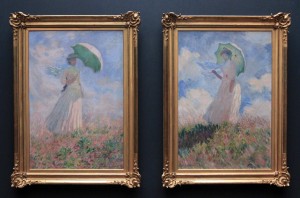
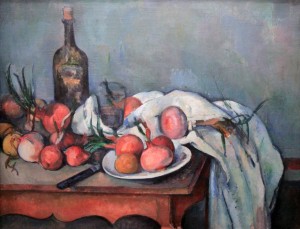
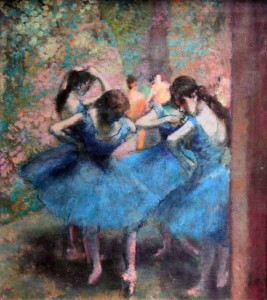
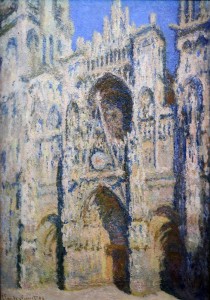
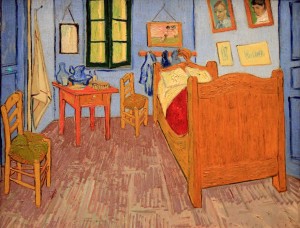
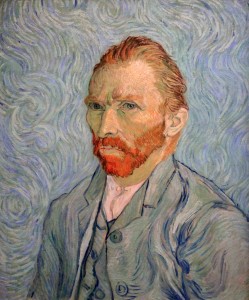
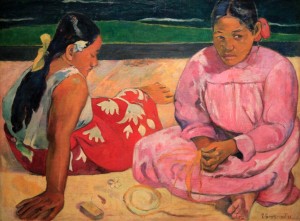
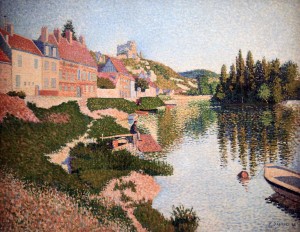
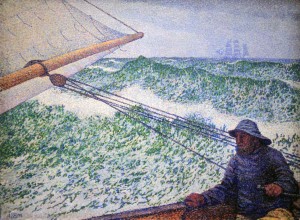
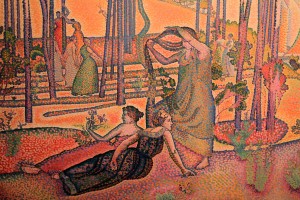
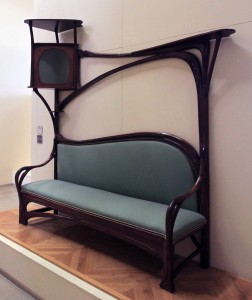
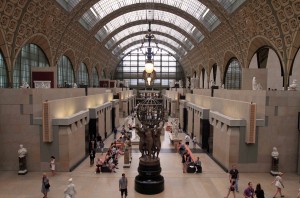
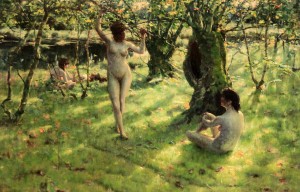
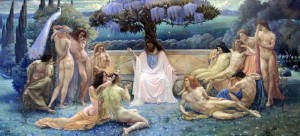
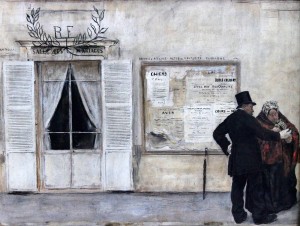
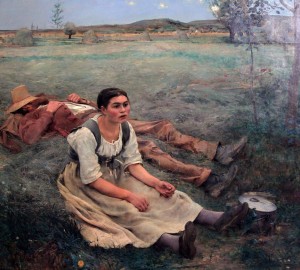
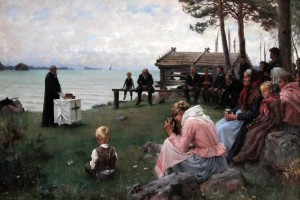
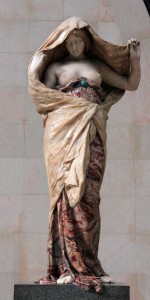
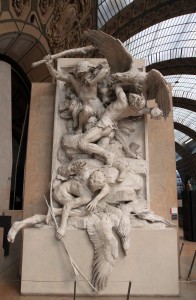
The excess of alcohol from the night before ensured that I slept in later than I had wanted to and it was not until 09:00 when I finally woke up. I then bought train tickets online for Giovanni and myself to Andorra for later in the evening. Next, I woke Giovanni up, showered, dressed, packed my bags, and checked out of the hostel at 10:00 (just in time . . . not that it mattered much since Giovanni came down later than that). Also, Giovanni checked to make sure the New Zealand kid who puked all over his blankets was still alive. We then stored our bags in the lockers provided at the hostel and walked outside to see some more of Paris before our train later this evening. We walked to the Colonel Fabien Metro Station and rode the metro train to the Notre-Dame Cathedral. After exiting the metro, Giovanni and I both needed some food and liquids, so we stopped at a food stall and each had cheesy hot dogs (a large slice of bread covered in cheese with two long hot dogs embedded inside) and a bottle of water. We ate our breakfast at the banks of the Seine River and then continued on to Notre-Dame Cathedral (French for “Our Lady of Paris”). Notre-Dame de Paris was built in the French Gothic style and is among the first buildings in the world to use the flying buttress; it was completed in 1345 AD. The cathedral supposedly has the Crown of Thorns as part of its treasury and it served as the setting for Victor Hugo’s novel, ‘The Hunchback of Notre-Dame.’ Giovanni and I entered inside the cathedral and walked around the interior, admiring the Gothic architecture, stained glass windows, and different chapels. After touring the nave, we exited the cathedral and crossed the Seine River. Next, we walked to Shakespeare and Company bookstore. I was under the impression that this was the original Shakespeare and Company that was operated by Sylvia Beach where many of the Lost Generation writers had hung out (e.g. Hemingway, Fitzgerald, Pound, etc.); however, I later learned that the original bookstore closed during the Nazi occupation of Paris and never reopened; this new bookstore was opened by George Whitman in 1951 AD in a different location and under the name of “Le Mistral;” it was later renamed “Shakespeare and Company” in 1964 AD in tribute to the original (Sylvia Beach did hand Whitman the name before her death); as some consolation for me, this site was frequented by some of the Beat Generation writers (e.g. Ginsberg, Burroughs, Corso) while it was known as Le Mistral (sure the Beats aren’t as good as the Lost Generation in my opinion, but I still enjoy their works). Anyway, Giovanni and I walked around the bookstore and explored both levels before exiting and making way to our next site for the day. We then crossed the Seine River again and walked southward to the Panthéon. On the way, we stopped at a convenience store to buy some Powerade to rehydrate (we were still feeling the effects from last night’s drinking) and then immediately stopped at a bubble milk tea (also known as “boba milk tea) store at my insistence. I had not had bubble milk tea since I was in Malaysia and I couldn’t wait to try it again and introduce Giovanni to it; so we both ordered the black tea version and drank it while talking to the man behind the counter who was from Taiwan (the black tea version was not as good as I remembered it and I think I prefer the green tea version; also, it had been almost a year to the day since I had tried it for the first time in Taipei on July 5, 2014 AD). We then left the store and continued on to the Panthéon, which was originally built in 1790 AD in the neoclassical style (modeled on the Pantheon in Rome) as a church dedicated to Saint Genevieve to house the reliquary châsse containing her relics; however, after many changes, it now functions as a secular mausoleum containing the remains of distinguished French citizens (e.g. Voltaire, Victor Hugo, Emile Zola, Louis Braille, Pierre and Marie Curie, Alexandre Dumas, etc.). Giovanni and I reached the Panthéon, entered inside, wandered around the awesome structure, and then entered the crypt where all the distinguished guests reside for eternity; we visited all the different tombs and then returned to the grand upper level before exiting the Panthéon. Next, we walked to the nearest metro station (Luxembourg) and rode the metro train to the Musee d’Orsay. After exiting the station, we walked to the entrance of the Musee d’Orsay, waited in a long line (in the hot sun), and then entered inside. The Musee d’Orsay occupies a building that used to be a railroad station (the Gare d’Orsay, which opened on May 28, 1900 AD), which was then used as a set for several films (e.g. Orson Welles’ ‘The Trial’ and Bernardo Bertolucci’s ‘The Conformist’), before becoming the museum we see today in 1986 AD. The museum holds mainly French art dating from 1848 to 1915 AD, including paintings, sculptures, furniture, and photography. It houses the largest collection of Impressionist and Post-Impressionist masterpieces in the world, by painters including Monet, Manet, Degas, Renoir, Cézanne, Seurat, Sisley, Gauguin, and Van Gogh. After making it through the entrance, Giovanni and I had about three hours to explore the museum and I was determined to see everything inside (I didn’t need to repeat my experience in the Louvre and miss out on important pieces of artwork). Giovanni and I split up and I started on the ground floor, walking through all the exhibition rooms. I then took the elevator to the top (i.e. fifth) floor, which had many famous Impressionist paintings. Finally, I went to the second floor and quickly walked around there before finishing up at 17:40 as the museum began to shut down for the day. I then met up with Giovanni and we walked around for a brief while until we came to a café where we each had a cup of cappuccino. Next, we rode the metro train to the Colonel Fabien Station, returned to the hostel, grabbed our bags, and hung out in the common area. I then did some research on Andorra and booked a hotel for us to stay at while there. Also, during this time, Giovanni returned to the dorm room we had stayed in to look for his missing sandals (they disappeared last night while we slept); while in the room, he talked with the New Zealand kid who was doing better, but was noticeably embarrassed from having vomited last night; Giovanni never did find his sandals and he returned to the common area. I then finished up what I was doing and we both left the hostel with our bags after 20:30. We then rode the metro train from Colonel Fabien Station to Gare d’Austerlitz. We then printed our tickets out from one of the machines, bought a cheap dinner to eat on the train, and then loaded on in to the train, happy to see that we had a cabin (I had booked first class for twenty euros more and was glad I did since we had more room and comfier beds). Giovanni and I then ate our dinner while we waited for the train to depart the station (I had a hoagie with cheese and ham, iced tea, water, and a type of éclair). We also met our cabin-mate for the night, a man from Barcelona who gave us each a small bag of Ritz crackers with cheese. The train then departed the station at 21:56 and we rode on through the French countryside as the sun was setting and the sky turned to twilight. Giovanni and I laid down for the night and the man from Barcelona did likewise. In no time at all, the Barcelona man was asleep, but he was soon disturbed by a nightmare (he dreamt his brother was killed before his eyes); the Barcelona man sat up in his bunk and screamed his brother’s name over and over again; even while sitting up he was still having the nightmare until I turned on the cabin’s lights; he then awoke, apologized, and laid back down to sleep. Eventually, Giovanni and I followed suit.
